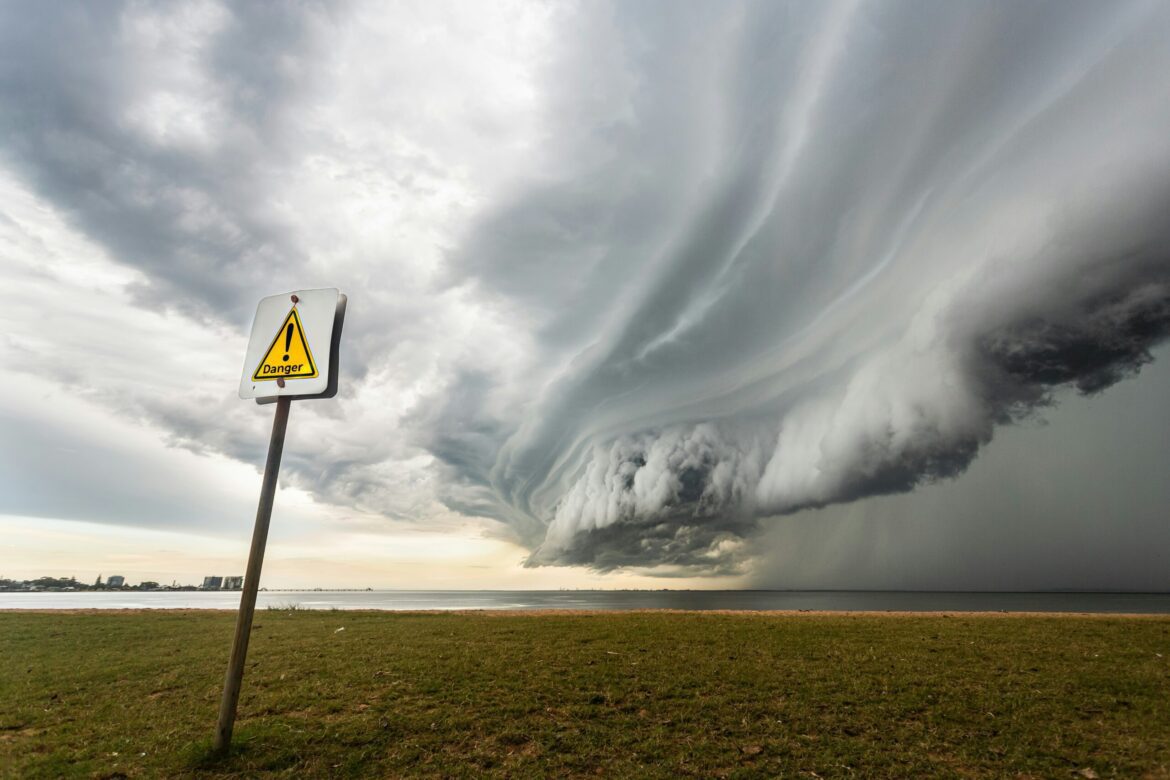Tropical Storm Hilary roared into Southern California during the week of August 12, 2024, unleashing a deluge of rain and sparking emergency declarations across a wide swath of the region. In a rare and powerful display of tropical weather, the storm made landfall and quickly overwhelmed communities with severe flooding, landslides, and infrastructure damage. The last time a storm of this caliber struck Southern California was several decades ago, making Hilary an unprecedented natural disaster for the modern era.
Statewide Emergency Declared
Governor Gavin Newsom promptly declared a state of emergency for several counties, including Los Angeles, San Diego, Riverside, San Bernardino, Ventura, and others. This urgent action unlocked state resources and paved the way for immediate federal assistance. During a press conference, Governor Newsom stated, “This is an all-hands-on-deck situation. We’re deploying every resource available to protect lives and property.” His remarks underscored the gravity of the unfolding crisis.
Infrastructure Overwhelmed
The storm’s heavy rainfall inundated roadways, triggered flash floods, and shut down major transit routes such as Interstate 10 and sections of the Pacific Coast Highway. In Los Angeles, the storm dumped nearly a year’s worth of rain in just a few days, straining stormwater systems and prompting authorities to close schools and government offices. Numerous neighborhoods were placed under mandatory evacuation orders as rivers overflowed and hillsides gave way to mudslides.
Rescue and Relief Efforts Mobilized
Emergency response agencies across California were mobilized to assist affected communities. The California National Guard, in coordination with FEMA, deployed helicopters and high-water vehicles to perform search and rescue missions in remote and low-lying areas. Local fire departments and police worked around the clock to evacuate residents, deliver aid, and clear debris.
Power outages affected over 250,000 homes and businesses at the peak of the storm, particularly in San Diego and Riverside counties. Utility crews were dispatched to restore electricity and assess long-term infrastructure damage, which is expected to require weeks of repairs.
A Wake-Up Call for Preparedness
Hilary’s impact has reignited conversations around climate change, infrastructure resilience, and emergency preparedness in a region traditionally unaccustomed to tropical storms. Experts warn that such weather events could become more common due to warming ocean temperatures in the Pacific.
Local governments are now reviewing flood control strategies and emergency alert systems to ensure better response mechanisms in the future. The storm served as a powerful reminder that even areas once considered safe from tropical weather are now vulnerable in a changing climate.
As recovery efforts continue, the focus remains on providing aid to displaced families, rebuilding damaged infrastructure, and learning critical lessons from Hilary’s historic arrival.

